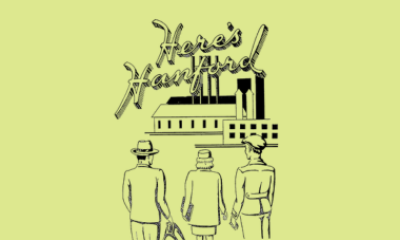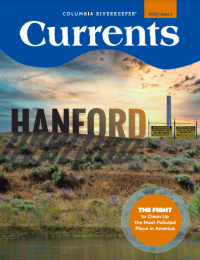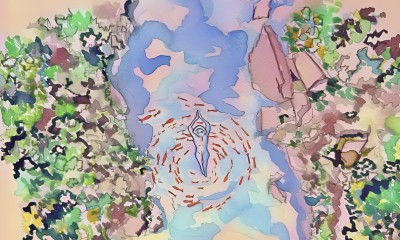Currents Newsletter Featuring Hanford
Currents Newsletter Featuring Hanford
In our first newsletter of the year, we spotlight Columbia Riverkeeper’s “Cleaning Up Hanford” program area, which works in solidarity with Tribal Nations to hold the U.S. government accountable for cleaning up Hanford and protecting all people who rely on a healthy Columbia. This is one of my favorite issues of “Currents”—and I started volunteering at Columbia Riverkeeper in 2007 when I was in high school!
The Columbia River runs along the Hanford Nuclear Site, home to some of the most dangerous pollution on Earth. Hanford is a result of the nuclear arms race that started with World War II and played out through the Cold War. For decades, the federal government stored highly radioactive and toxic waste in 177 underground tanks or dumped the pollution directly into the ground.

Want to hear all the stories from Columbia Riverkeeper's Currents Issue 1, 2023 Newsletter?

Hanford is the most contaminated site in the Western Hemisphere. Cleanup matters.
In honor of our birthday we are issuing a challenge: can you help us raise $30,000 for clean water and our climate? By making a donation now, you power the movement to protect the lifeblood of the Pacific Northwest and our climate, today and for future generations.




